Top 10 Pre-1912 Motorcycles
Motorcycle builders were experiencing birthing pains at the dawn of the 20th century. Many early examples were so wonky the ideas should have been aborted prior to ever going from paper to metal. Ford’s Model T and the production line upon which it was constructed had yet to revolutionize the auto industry, giving motorcycles an early advantage as affordable utilitarian vehicles unlike the recreational vehicles they’re regarded presently.
More than 100 years ago there was no lack of imagination pushing the boundaries of what comprised a motorcycle. These men didn’t have tradition – they were building many of the traditions we hold so dear today. From these early inventions we’ve selected 10 of the most historically important models from the golden age of motorcycle design.
10. Hildebrand & Wolfmüller – 1894
The Hildebrand & Wolfmüller Twin isn’t the world’s first motorcycle, but with approximately 1,000 examples built between 1894 and 1897, it is credited as the first motorcycle to achieve series production status. In addition to being the first commercially successful motorcycle, in 1896 the Hildebrand & Wolfmüller model was entered in the first recorded race exclusively for motorcycles from Paris to Mantes, France, and back. Other firsts include lubricating oil carried in the frame’s front down tubes while water for the liquid-cooled model resided inside a modified rear fender.
1894 Hildebrand & Wolfmüller
| Country of Origin | Germany |
| Engine Type | Liquid-cooled, four-stroke, side-by-side Twin |
| Engine Capacity | 1488 cc |
| Horsepower | 2.5 bhp @ 240 rpm |
| Bore x Stroke | 90 x 117 mm |
| Transmission | Direct drive to rear axle, then sun and planet reduction gear to wheel |
| Weight | 115 lbs. |
| Top Speed | 24 mph |
9. Holden – 1899
The bike named after its constructor, Colonel Sir Henry Capel Holden, deserves recognition for being the world’s first four-cylinder motorcycle. Resembling a longitudinally-mounted, flat-Twin, both cylinders, in fact, house a pair of pistons mounted on each end of a single connecting rod. The Holden also featured a battery and coil ignition system including a distributor and “detachable igniters,” or, in other words, an early form of spark plugs.
1899 Holden
| Country of Origin | Great Britain |
| Engine Type | Flat-Four, four-stroke |
| Engine Capacity | 1054 cc |
| Horsepower | 3 bhp @ 420 rpm |
| Bore x Stroke | 54 x 115mm |
| Transmission | Direct drive to rear axle |
| Weight | 106 lbs. (air-cooled), 132 lbs. (liquid-cooled) |
| Wheelbase | 47 in. |
| Top Speed | 25 mph |
8. Werner – 1900
With small engines mounted above the rear then the front wheels, brothers Eugene and Michel Werner didn’t get it right the first or second time, but with their third attempt the brothers created the prototype of modern motorcycle engine placement. In 1900 the Werners filed the first motorcycle patent for their diamond-pattern bicycle frame with an engine in place of where a bicycle’s bottom bracket would normally reside. Other manufacturers were forced to pay royalties or circumvent the patent by way of loop frames or by using the engine as a stressed member.
1900 Werner
| Country of Origin | France |
| Engine Type | Single-cylinder, four-stroke, air-cooled |
| Engine Capacity | 217 cc |
| Horsepower | 1.5 hp |
| Bore x Stroke | 62 x 72 mm |
7. Motosacoche – 1900
By attaching two varnished sheet metal plates to either side of a bicycle frame to contain an engine and thwart splashing oil, brothers Armand and Henri Defaux unknowingly created the first motorcycle fairing. Taking the place of where a pannier bag (“sacoche” in French) would be mounted on a bicycle, calling the invention Moto-sacoche was a natural progression. Bolted to the bicycle frame the sacoche increased the frame’s rigidity and helped it win the Col de la Faucille hillclimb in 1901.
1900 Motosacoche
| Country of Origin | France |
| Engine Type | Single-cylinder, four-stroke |
| Engine Capacity | 215 cc |
| Horsepower | 2 bhp |
| Transmission | Belt drive to left of rear wheel |
| Weight | 70 lbs |
6. Humber – 1902
With a strong reputation for manufacturing bicycles the Humber company broke into the motorcycle manufacturing business following a brief foray into powered tricycles. Using successfully proven patents from the tricycles, Humbers entered the market using the engine as a stressed member where the front downtube normally would reside. This design circumvented the Werner’s patent of engine placement and is one of, if not the first, motorcycle to use the engine as a stressed member of the frame.
1902 Humber
| Country of Origin | Great Britain |
| Engine Type | Four-stroke, Single-cylinder |
| Engine Capacity | 344 cc |
| Horsepower | 2.75 hp |
| Brakes | Rim |
5. Clement – 1902
Regarded as the first ever V-Four-powered competition motorcycle, the Clement racing machine was built to compete on the growing number of board tracks circuits in Europe. The 1200cc engine powering the Clement accelerated the bike to upwards of 70 mph, but was often beaten by lighter, smaller-capacity and better handling competitors. By 1912 the bike’s constructor, Adolphe Clement, had returned to machines of less displacement using an overhead-valve 47cc motor to power a bicycle – quite possibly the world’s first moped.
1902 Clement
| Country of Origin | France |
| Engine Type | Four-stroke, V-Four |
| Engine Capacity | 1200 cc |
| Speed | 70 mph |
| Ignition | Battery and coil |
| Frame | Unsprung |
4. Singer – 1904
The Perks and Birch attachment was a simple idea of housing an engine, fuel tank and carburetor entirely within a wheel. Approximately 200 examples were manufactured before selling the rights to the Singer Cycle Company in October of 1900, which continued its manufacture until 1904. Originally the engine was surrounded by the wheel’s spokes but a later design improved engine accessibility by moving the spokes to only one side. By 1904 Singer caved-in to the conventional wisdom of the Werner design, but the engine-within-a-wheel concept would be seen again on the 1922 Megola, the Cyclemaster and BSA Winged Wheel of the 1950s, and in the ’60s on Honda’s P50.
1904 Singer
| Country of Origin | Great Britain |
| Engine Type | Four-stroke, Single-cylinder |
| Engine Capacity | 222 cc |
| Horsepower | 2 hp |
| Transmission | Direct, from gear wheel on engine shaft, later models featured a chain that ran from the engine to a countershaft sprocket and back |
| Ignition | Magneto |
| Brakes | Rim |
3. Curtiss V-8 – 1907
On January 23, 1907, Glenn Curtiss unofficially became the world’s fastest man when he piloted his massive 265 cu. in. (4342 cc) V-8 to a new land-speed record of 136.36 mph on the hard-packed sand of Ormond Beach, Florida. Timing for the 26.4-second ¼-mile run began following a two-mile head start in order to get up to top speed. Unable to recreate the run due to a busted driveshaft prevented Curtiss from officially entering the record books, but his first attempt was so widely reported he became a national hero.
1907 Curtiss V-8
| Country of Origin | USA |
| Engine Type | Four-stroke, air-cooled V-8 |
| Engine Capacity | 4342 cc |
| Horsepower | 40 hp @ 1800 rpm |
| Bore x Stroke | 92 x 83 mm |
| Top Speed | 136 mph |
2. Harley-Davidson Model 7D “The Silent Gray Fellow” – 1911
The 1909 Model 5D was Harley-Davidson’s first V-Twin, but the flawed design saw it last only one model year. In 1911 H-D introduced the Model 7D, marketed as The Silent Gray Fellow, and thus began Harley’s uninterrupted succession of V-Twin engines. Nineteen-eleven was Harley’s eighth year in existence and already the company was producing 5,625 total motorcycles for that year. No specific details exist regarding how many 7Ds were constructed, but less than six are known to exist today. The Silent Gray Fellow retailed for $300 in 1911 or $7,317 in 2013 greenbacks.
1911 Harley-Davidson Model 7D
| Country of Origin | USA |
| Engine Type | Four-stroke, air-cooled, V-Twin |
| Engine Capacity | 803 cc |
| Bore x Stroke | 76 x 89 mm |
| Horsepower | 6.5 hp |
| Top Speed | 60 mph |
1. Indian TT – 1911
Not only was 1911 the first year the Isle of Man TT would be run over the now famous Mountain Course, it was also the first time a foreign manufacturer would win the Senior TT race. To better cope with the demands of five laps of the 37.5-mile course, Indian built three special models featuring chain drive and a two-speed gearbox. Oliver Godfrey won the Senior TT in a time of 3 hours, 56 minutes and 10 seconds at an average speed of 47.63 mph. Charles Franklin and Arthur Moorhouse, riding the other two Indian specials, placed second and third, respectively, for a clean sweep of the race. It was the only time Indian would win the Isle of Man TT.
1911 Indian TT
| Country of Origin | USA |
| Engine Type | Four-stroke, 42-degree, V-Twin with detachable cylinder heads, overhead intake valves and side exhaust valves |
| Engine Capacity | 584 cc |
| Bore x Stroke | 70 x 76 mm |
| Horsepower | 3.75 hp |
| Top Speed | 64 mph |
| Transmission | Primary and secondary chains, two-speed gearbox |
| Brakes | One external contracting and one internal expanding, both on the rear wheel |
| Suspension | Leaf spring, trailing-link front fork |
A former Motorcycle.com staffer who has gone on to greener pastures, Tom Roderick still can't get the motorcycle bug out of his system. And honestly, we still miss having him around. Tom is now a regular freelance writer and tester for Motorcycle.com when his schedule allows, and his experience, riding ability, writing talent, and quick wit are still a joy to have – even if we don't get to experience it as much as we used to.
More by Tom Roderick



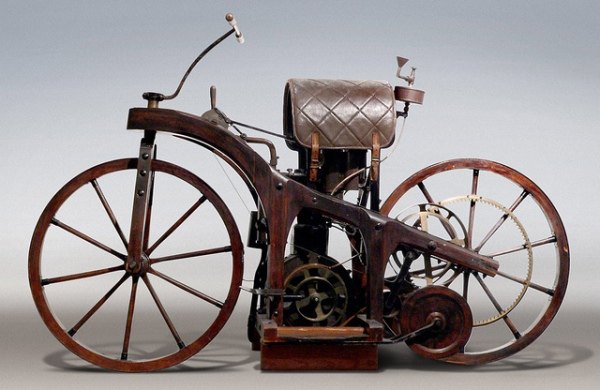











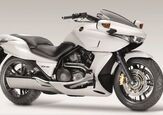
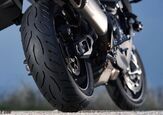
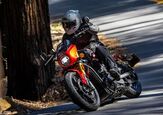

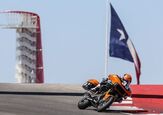
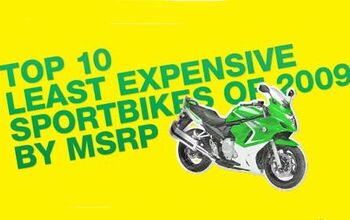

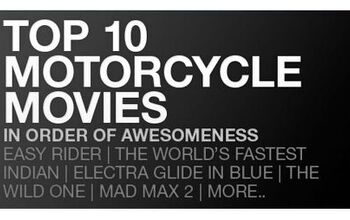


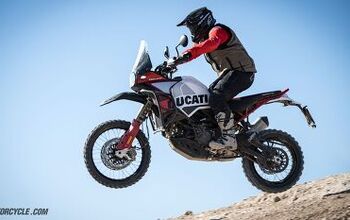
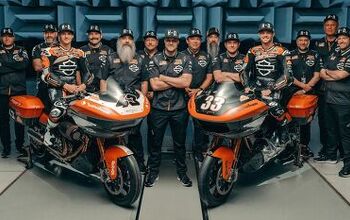
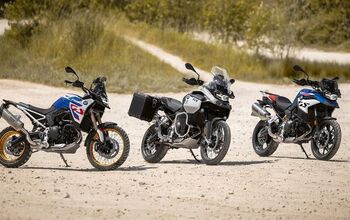
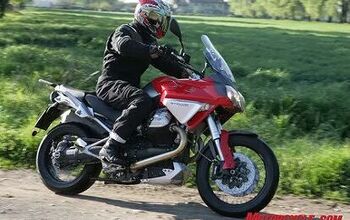
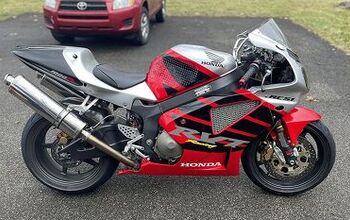


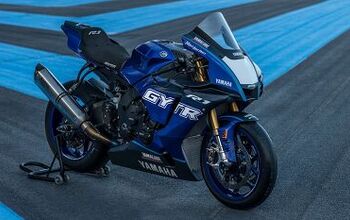

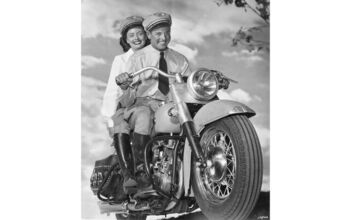
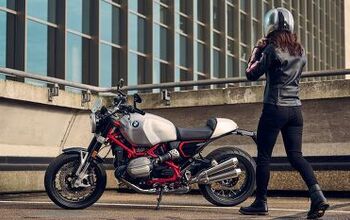
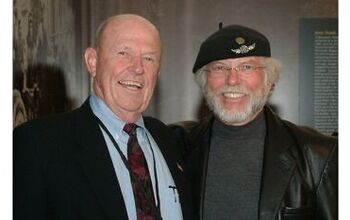
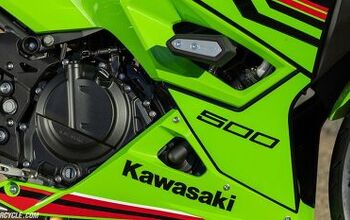
Comments
Join the conversation